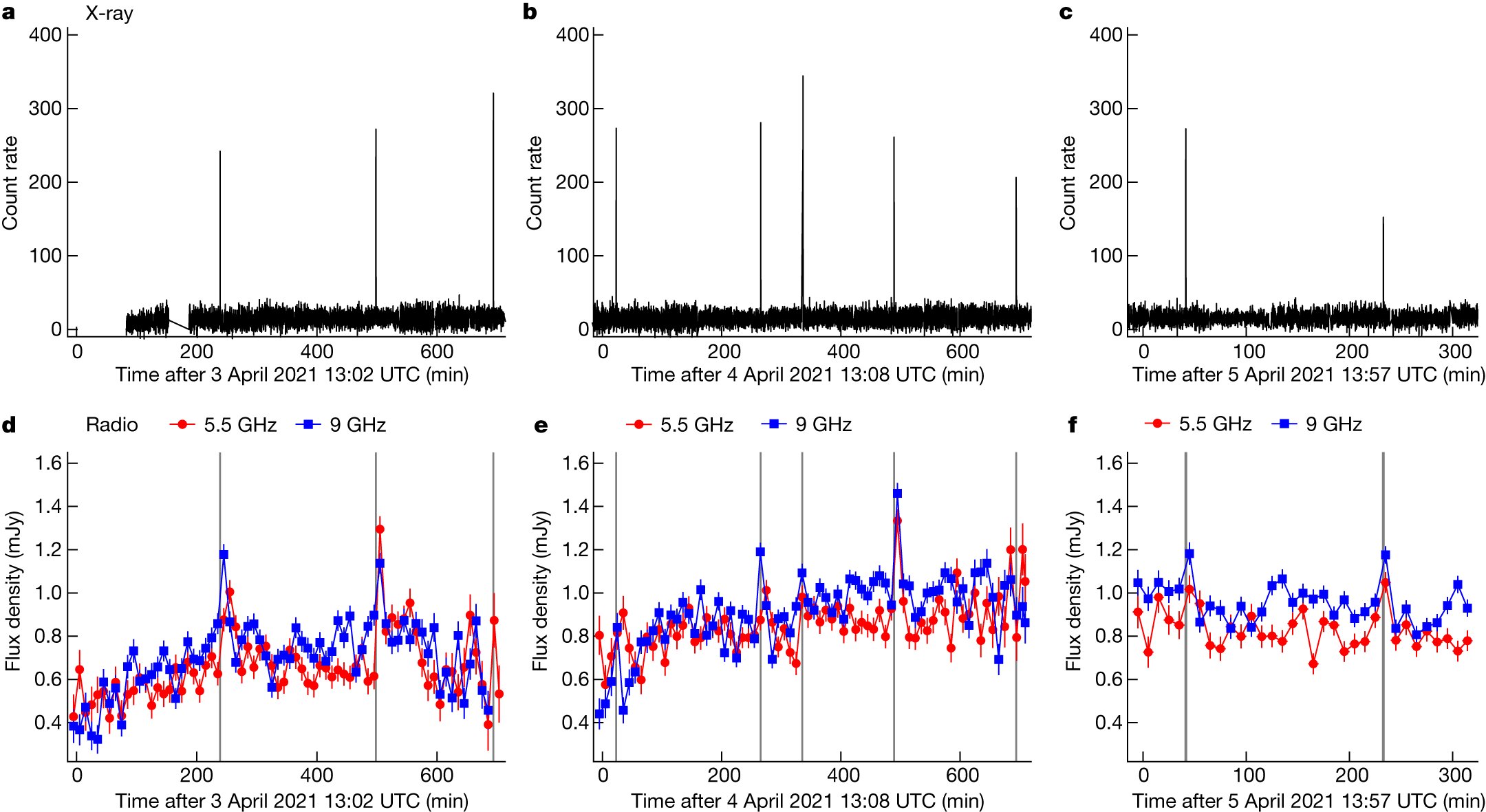At a blistering one-third the speed of light, neutron star jets have just had their velocity clocked by an international team of researchers. This groundbreaking discovery, published in Nature, sheds new light on these powerful cosmic phenomena.
Cosmic Jets: Fueling the Universe
Imagine firehoses of superheated gas and particles blasting outwards from celestial objects – that’s the essence of a jet. These energetic beams erupt from objects like neutron stars and black holes, fueled by the immense gravitational pull of these dense giants. As the surrounding material falls inward, a portion is ejected outward in the form of jets, carrying away tremendous amounts of energy.
Black Hole Jets: Powerhouses of the Cosmos
The most potent jets originate from the supermassive black holes residing at the hearts of galaxies. Their energy output can influence the evolution of entire galaxies or even clusters of galaxies. Understanding how jets are launched is crucial for comprehending the workings of our universe.
Neutron Star Jets: The Fainter Cousins
While black hole jets are luminous and well-studied, their counterparts from neutron stars are far fainter and shrouded in mystery. This disparity presents a challenge, as studying jets from both types of objects offers valuable insights.
Neutron Stars: City-Sized Cinders Packing a Punch
Neutron stars are the collapsed cores of massive stars that have undergone supernovae explosions. These stellar corpses are incredibly dense, cramming the mass of our Sun into a sphere just 20 kilometers across. Unlike black holes, neutron stars possess a solid surface and a powerful magnetic field. Additionally, the gravitational energy released by infalling gas is less pronounced compared to black holes. These unique properties all play a role in how jets are launched from neutron stars, making them prime targets for jet research.
Speed – A Key to Unveiling the Mystery
The velocity of a jet holds vital clues about its formation process. If scientists can establish a correlation between jet speeds and the mass or spin of the neutron star, it would provide a powerful tool for testing theoretical models. However, accurately measuring these speeds has proven to be an immense challenge.
A Cosmic Speed Camera: Capturing the Elusive
Traditionally, measuring speeds involves timing an object between two reference points. But jets are continuous flows, lacking a distinct starting point for the timer. This is where the researchers’ ingenuity comes into play.
The X-ray Signal: A Cosmic Starting Gun
The team, led by Dr. Thomas Russell from the Italian National Institute of Astrophysics, devised a novel technique to address this hurdle. They identified a short-lived burst of X-ray radiation emanating from the neutron star as a potential “starting gun” for their celestial speed camera.

Thermonuclear Fireworks: Fueling the Jets?
Neutron stars can siphon material from a nearby companion star. While some of this accreted material forms jets, most falls onto the neutron star’s surface. As this material accumulates, it heats up and condenses, eventually triggering a thermonuclear explosion – a runaway nuclear fusion reaction engulfing the entire star for a few seconds to minutes. This event produces a burst of X-rays.
A Surprising Twist: X-rays Power Up the Jets!
The researchers anticipated that these thermonuclear explosions would disrupt the jets. However, their observations using Australia’s radio telescope array and the European Space Agency’s Integral telescope revealed a startling truth – the jets actually intensified after each X-ray burst. This phenomenon repeated itself ten times in one neutron star system and was subsequently observed in another.
The Explanation: A Feeding Frenzy
The team suggests that the X-ray pulse triggers a more rapid inward flow of gas swirling around the neutron star. This influx of fresh fuel injects additional energy and material into the jets, boosting their power.
Cosmic Speed Revealed: A New Technique Emerges
This unexpected finding not only unveils the connection between thermonuclear bursts and jet enhancement but also paves the way for a new method to measure jet speeds. By using the X-ray burst as a reference point, the researchers were able to time the jets’ travel to specific radio wavelengths, effectively creating a cosmic speed camera. The measured speed – one-third the speed of light – is remarkably close to the escape velocity from a neutron star.
The Road Ahead: Unveiling the Secrets of Jet Formation
This groundbreaking research introduces a powerful new technique for gauging neutron star jet speeds. Future studies will focus on the correlation between jet speeds and the mass and rotation rates of neutron stars. This will allow scientists to directly test theoretical models, bringing us a step closer to unraveling the mysteries surrounding the launch mechanisms of these powerful cosmic jets.



















